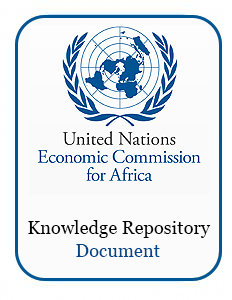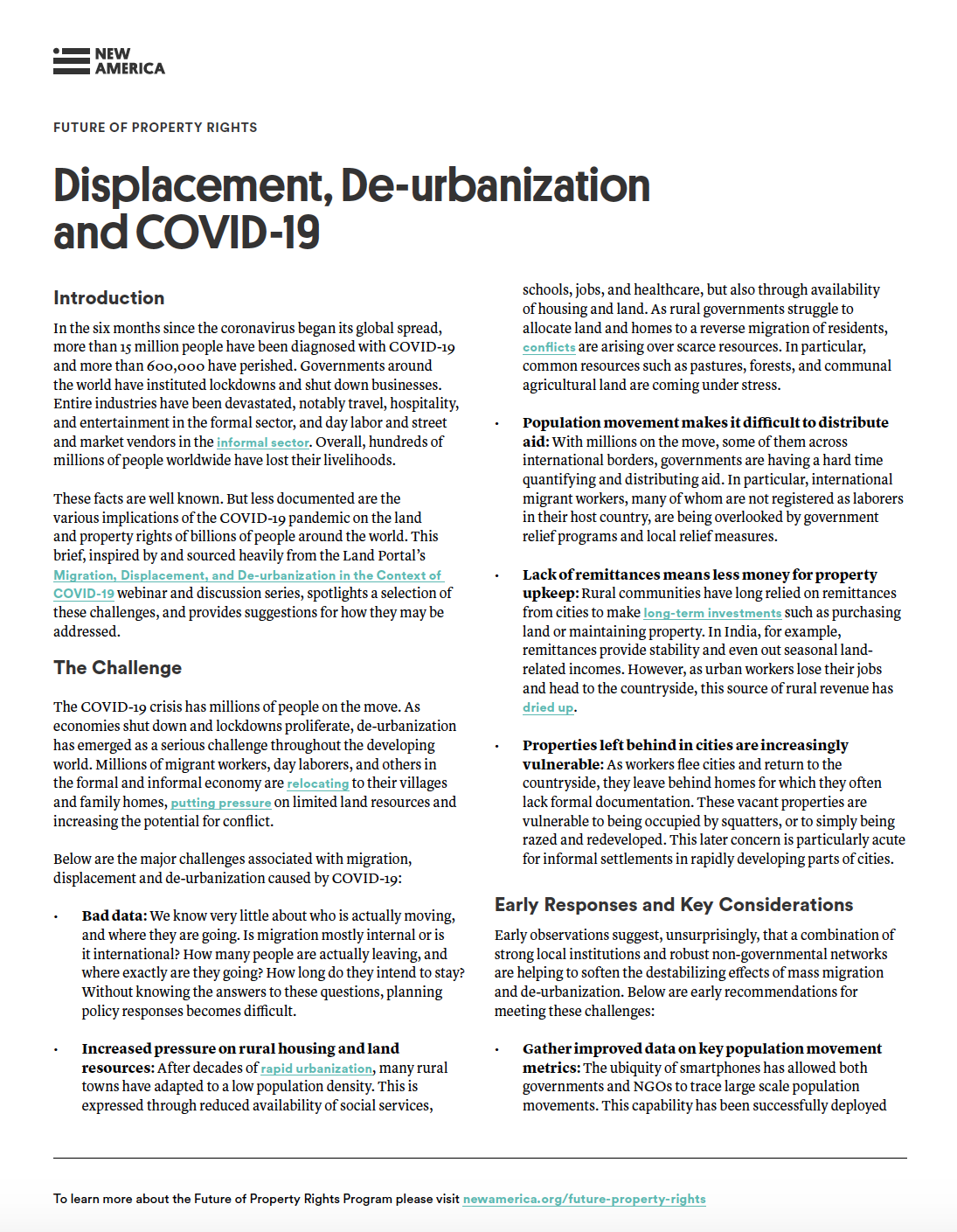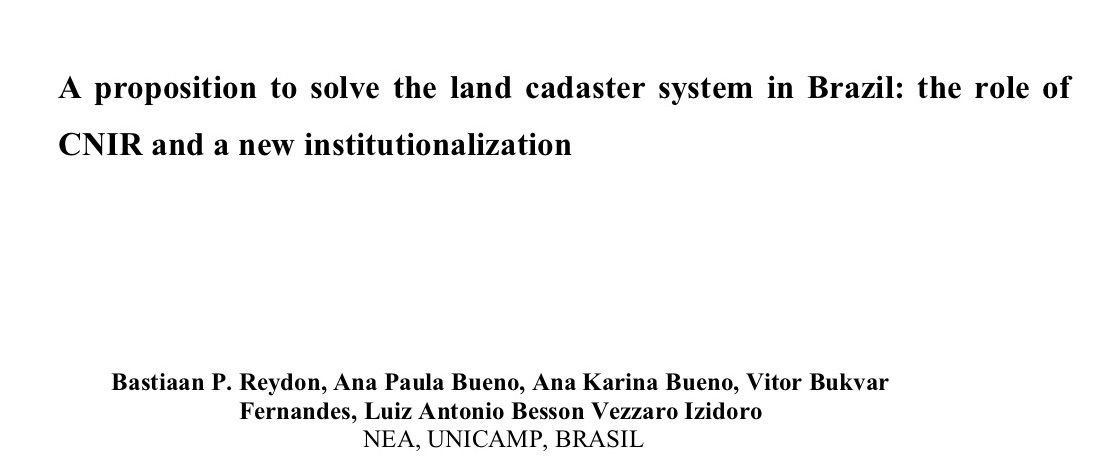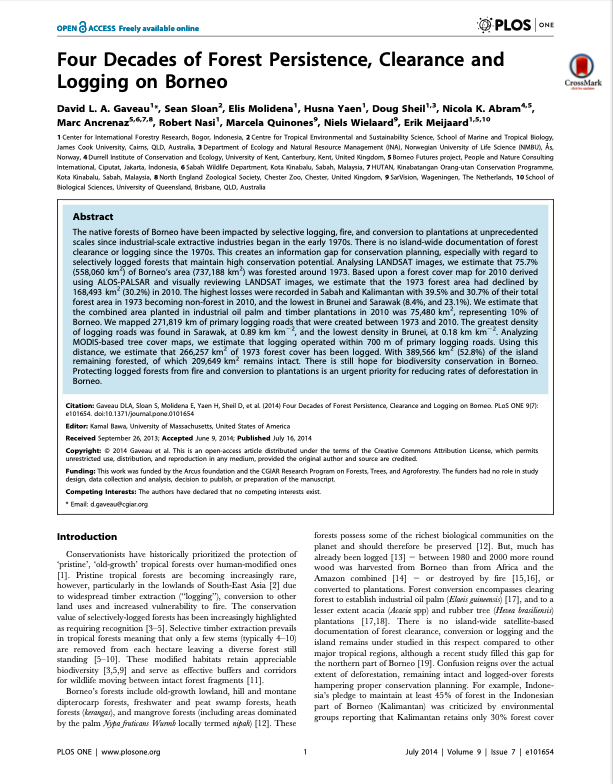Rural progress : the role of production cooperatives in africa
Many countries are today confronted with the challenging tasks of improving the level of living and the productive capacities of their people especially in the spheres of agriculture and food production. While governments are mainly concerned with providing structural support the actual implementation lies with the individuals, who in the final analysis are the farmers and the rural population.







